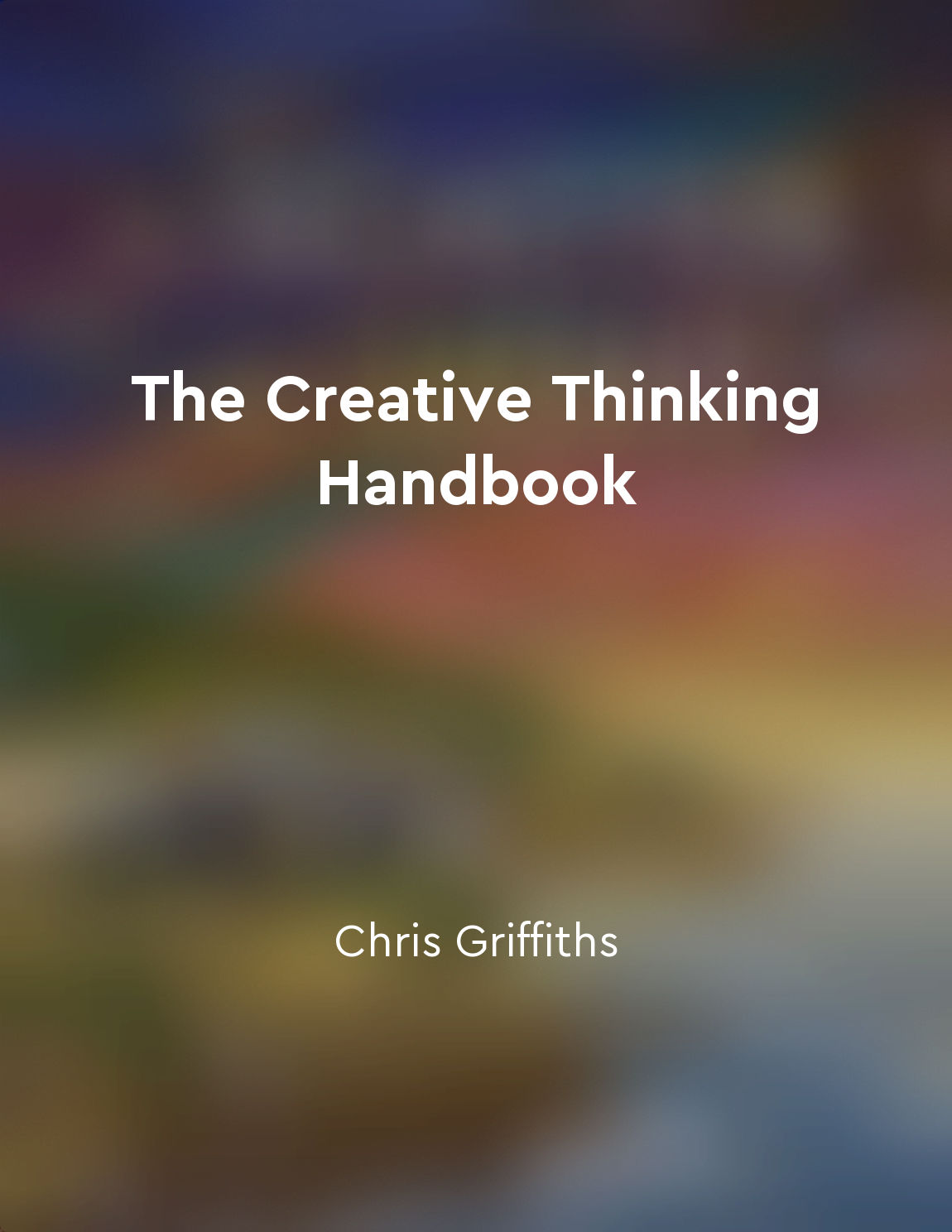Listen actively to others' ideas from "summary" of The Creative Thinking Handbook by Chris Griffiths
Active listening to others' ideas involves fully engaging with what someone is saying, rather than simply waiting for your turn to speak. It requires giving the speaker your full attention, both verbally and non-verbally. This means making eye contact, nodding to show understanding, and providing verbal cues like "I see" or "Go on" to encourage the speaker to share more. When you actively listen to someone's ideas, you are showing respect for their thoughts and opinions. By demonstrating that you value what they have to say, you create a more open and positive environment for sharing ideas. This can lead to better collaboration and more innovative solutions, as people feel more comfortable expressing their thoughts and exploring different perspectives. Active listening also involves asking clarifying questions to ensure that you fully understand the other person's ideas. By seeking clarification, you can avoid misunderstandings and misinterpretations that can hinder effective communication. Asking questions shows that you are engaged and interested in what the other person is saying, which can help build rapport and strengthen relationships. Another important aspect of active listening is suspending judgment. Instead of immediately critiquing or dismissing someone's ideas, try to approach them with an open mind. This allows for more creative thinking, as you are able to consider different viewpoints and possibilities without being constrained by preconceived notions or biases.- Actively listening to others' ideas is essential for fostering creativity and collaboration. By truly engaging with what others have to say, you can create a more inclusive and innovative environment where everyone feels heard and valued. This can lead to more diverse perspectives, out-of-the-box thinking, and ultimately, more creative solutions to complex problems.


